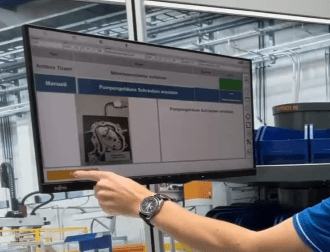Balancing Innovation and Standardization in Manufacturing 4.0
Disruption. Innovation. Transformational growth. While once heard only in start-ups and technology firms, these terms are becoming part of the wider business vocabulary. Today, companies in every industry are looking eagerly toward tomorrow, and the manufacturing industry is no exception. Success in manufacturing, however, relies heavily on consistency, uniformity, and standardization. How can manufacturing leaders navigate the tension between innovation and standardization to ensure they get full benefits from both?


